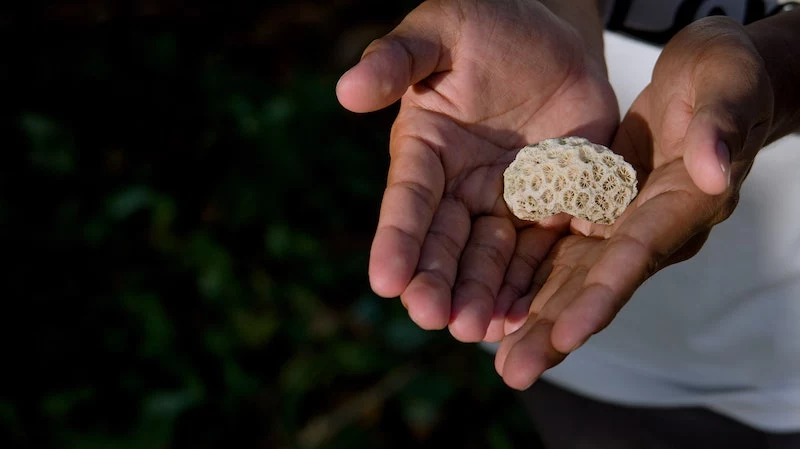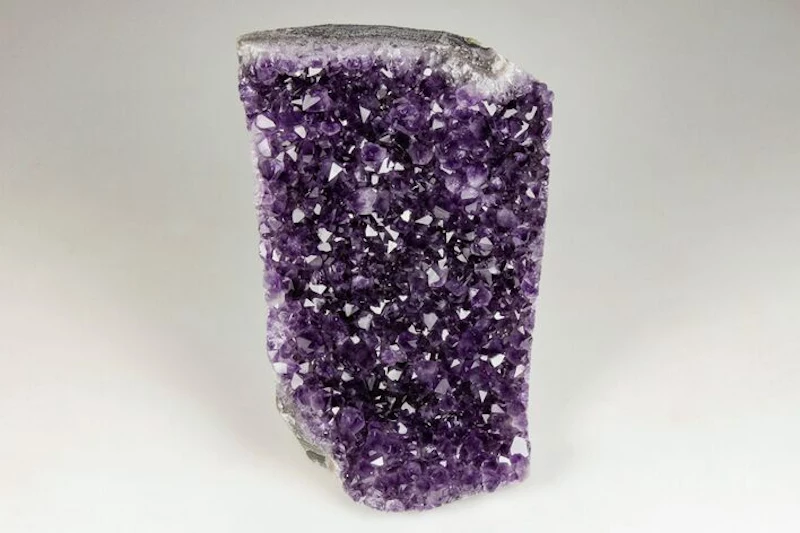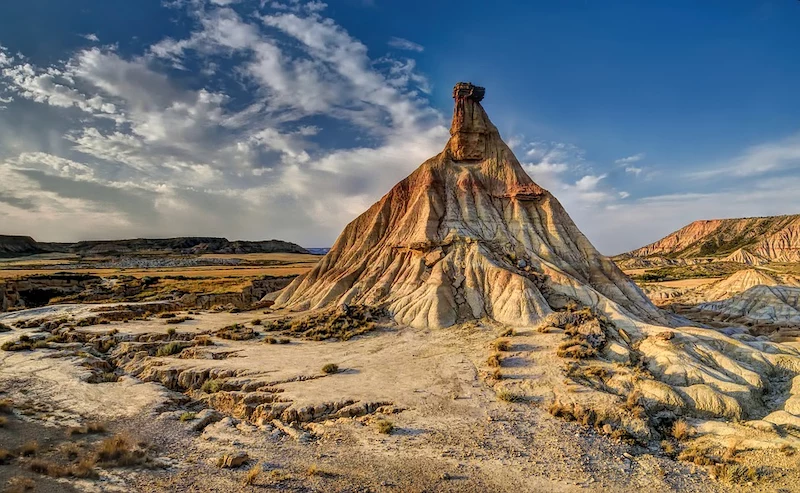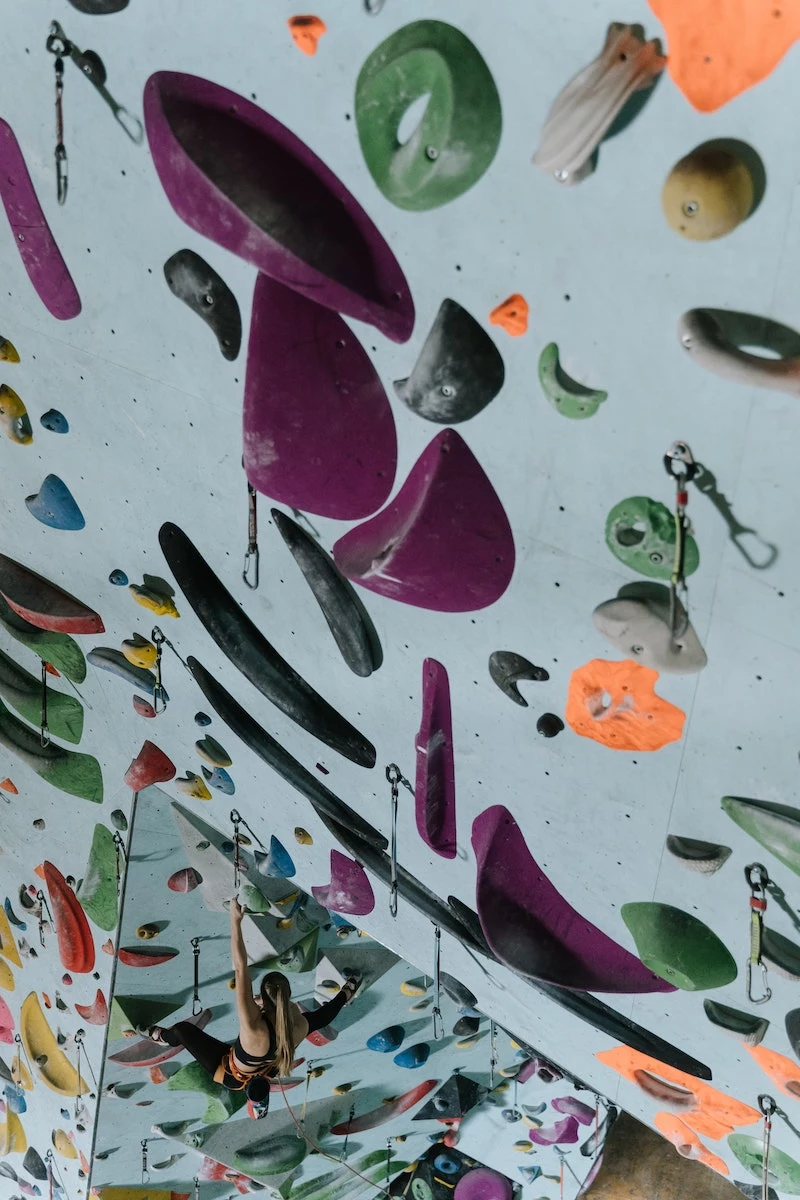Skip the Joke Mugs: A Geologist’s Guide to Gifts They’ll Actually Use
Over my career, I’ve gotten my fair share of geology-themed gifts. Most were given with a ton of heart, which I always appreciate. But honestly? Most were coffee mugs with puns about being ‘gneiss’ or colorful, polished rocks from a museum gift shop.
In this article
The mugs get a chuckle and then vanish into the back of a cupboard. The pretty rocks sit on a shelf, looking a bit lost next to the carefully organized, systematic collections I use for my work. My well-meaning aunt once gave me a ‘healing crystal’ wand. I smiled, said thank you, and now it holds down papers in a drawer. It’s a sweet thought, but it’s not exactly science!
But a few gifts were different. I still use the professional rock hammer my mentor gave me when I finished my degree. A framed geologic map of a favorite mapping area hangs in my office. These gifts showed a real understanding of what a geologist actually does and values. It’s not about finding the prettiest crystal; it’s about appreciating the science, the process, and the data.

So, if you’re trying to find the perfect gift for the geologist in your life, I’m here to help. Let’s dig into what makes a gift truly great, from essential field tools to specimens that tell a fascinating story.
First, Think Like a Geologist
Before you even open a shopping tab, it helps to get inside our heads a little. We’re trained to see the world differently. A road cut isn’t just a messy wall of rock and dirt to us. It’s a page from a history book, showing ancient layers of sediment, the crack of an old fault, or even the plumbing of a long-dead volcano.
A simple stone is a collection of data. We see its texture, its mineral makeup, and what that story tells us about how and where it formed.
This is the key difference between a casual rock collector and a professional geologist. A hobbyist often collects for pure aesthetics—and there’s nothing wrong with that! They might love a giant, sparkling amethyst geode. A geologist, on the other hand, usually values a specimen for the information it contains. A small, dull-gray rock might be way more exciting to us if it comes from a rare location or shows a perfect example of a specific metamorphic process.

What Kind of Geologist Are They?
Geology is a huge field! Knowing your friend’s specialty can turn a good gift into a perfect one. You don’t need to be an expert; just asking, “So, what kind of projects are you working on these days?” can give you major clues.
- Petrologists study the origins of rocks. They’d geek out over a hand sample or a thin section of an unusual igneous or metamorphic rock.
- Sedimentologists are all about sand, silt, and mud. A high-quality grain size card is an incredibly useful tool for them.
- Paleontologists, of course, study fossils, but their collections are often very focused on a specific time period or type of organism.
- Structural Geologists analyze how rocks bend and break, so they’re all about folds and faults.
- Hydrogeologists study groundwater, so their work is often more about data and computer models than collecting rocks.
- Economic Geologists are explorers, searching for mineral deposits like gold, copper, or lithium.
A gift that lines up with their specialty shows you’ve been paying attention. It’s a pro move.

In a Hurry? The Can’t-Go-Wrong Gift List
If you’re totally lost, don’t worry. Some things are universally loved and used by almost every single field geologist. You can’t miss with these.
The Go-To Field Notes Kit: This is the absolute best bang for your buck. Get a 3″x5″ all-weather notebook (the kind with special paper that water just rolls off of) and a pressurized ink pen (the kind that can write upside down or on wet paper). Every geologist I know uses these, and we always need more. It’s the perfect gift, and you can put the whole kit together for under $30 at outdoor supply stores or online.
A Real Hand Lens (Loupe): This is our portable microscope. Forget the plastic toys; you need a quality ‘triplet’ lens, which gives a crystal-clear, non-distorted view. The 10x magnification is the industry standard. A good one will run you about $30 to $50 and will last for years. It’s an investment in accurate science.

The Classic Rock Hammer: This is the most iconic tool of the trade. Look for one forged from a single piece of high-carbon steel—often with a distinctive blue shock-reduction handle. A top-quality one costs between $40 and $60 and is literally a lifetime tool. It’s a fantastic, meaningful gift.
Pro-Grade Tools for the Field
High-quality equipment is a matter of safety and accuracy. Gifting a professional-grade tool is one of the most practical and appreciated things you can do.
The Geologist’s Hammer: More Than Just a Hammer
I have to say it again: a cheap hardware store hammer is a genuine safety hazard. I’ve seen them chip and send metal shards flying. A real geologist’s hammer is a specialized tool.
- The Right Tool for the Job: The most common and versatile version has a pick end, which is great for prying apart layered rocks and digging in soft stuff. The other main type has a chisel end, which is better for splitting rocks cleanly along a single plane. If you don’t know, go with the pick end.
- Weight and Feel: The 22-ounce model is the standard. It has enough heft to do the job without weighing you down on a long hike. While the classic leather-wrapped handles look cool, the blue vinyl shock-reduction grip is what most pros use today. It’s just more durable and easier on the hands.
A Quality Compass (The Kind for Measuring Rocks)
Quick tip: We don’t use this for telling which way is north. A geologist’s compass, or transit, is for measuring the orientation of rock layers—a critical piece of data. The gold standard in this category can cost over $400, which is why most of us don’t own one! However, you can get an excellent, pro-level compass from trusted Scandinavian brands for around $70 to $90. Look for one that has a built-in clinometer for measuring angles.
What If They Already Have the Basics?
Okay, so what if your geologist is already kitted out? Time for an upgrade or a quality-of-life improvement.
- A Leather Hammer Holster: A simple, durable leather holster that slides onto a belt is a game-changer. It keeps the hammer out of your backpack but securely at your side. A nice one is about $20-$30.
- A Field Vest: Think of a fishing vest, but for rocks. All those pockets are amazing for holding lenses, notebooks, sample bags, and snacks. It’s one of those things you don’t know you need until you have one.
- A Rock-Chipping Hammer: This is a more specialized tool. It’s smaller and lighter than the main hammer and is used for carefully trimming a sample down to size without shattering it.
Gifts for the Collection: Specimens with a Story
Many of us have personal collections, but remember, they’re usually systematic, not just decorative. The value is in the context.
Choosing Fossils & Minerals
When buying a specimen, think uniqueness and information. Instead of just a common fossil, look for one that shows something cool, like a bite mark from a predator or a unique preservation process. For minerals, a perfect crystal form (called a ‘habit’) or a specimen from a ‘classic’ locality (a famous mine that’s now closed) is always treasured.
Heads up! The fossil and mineral market can be tricky. Some common fossils, like many trilobites from Morocco, are actually fakes cobbled together from broken pieces. Always buy from a reputable dealer. How can you tell? A good dealer will provide detailed locality information (exactly where it was found) and be transparent about any repairs. For minerals, you can find excellent dealers online at places that specialize in high-end, scientifically-vetted specimens.
A Truly Nerdy (and Awesome) Idea: Thin Sections
For the serious rock nerd, a rock thin section is an incredible gift. It’s a sliver of rock, ground down to precisely 30 microns thick and mounted on a glass slide. When you look at it through a specialized microscope, it explodes into a psychedelic world of colorful minerals. You can buy pre-made thin sections of classic rock types from geological suppliers online. Some artisans even frame them with polarizing filters to create stunning pieces of ‘science art’ that are both beautiful and accurate.
A Final Word on Safety
I have to end with a quick but important warning. Some well-intentioned gifts can be impractical or even hazardous.
First, as mentioned, a cheap hammer is dangerous. Stick to the trusted brands that professionals use. And second, be careful with minerals. Some are genuinely hazardous. Raw asbestos minerals, for example, can cause serious lung disease. Certain radioactive minerals are fascinating but require specialized knowledge for safe storage and handling.
By putting a little thought into it, you can move beyond the cliché and give a gift that truly supports their passion and their work. And trust me, they’ll appreciate it way more than another coffee mug.
Inspirational Gallery
Thinking of buying a mineral specimen?
The secret is in the story, not just the sparkle. A geologist will be far more impressed by a less ‘pretty’ rock with detailed locality data (e.g.,
The classic blue-handled Estwing rock hammer is so iconic in the geological community that it’s practically part of the uniform.
This isn’t just about brand loyalty. Its single-piece forged steel construction makes it incredibly durable for prying and striking, while the nylon vinyl grip reduces shock from impact. It’s a tool built to last a lifetime of fieldwork, making it a truly meaningful gift.
Hand Lens A (The Pro Standard): The Bausch & Lomb Hastings Triplet offers a color-corrected, distortion-free view. It’s the benchmark for clarity and is what many geologists use in their professional careers.
Hand Lens B (The Insider’s Choice): A BelOMO 10x Triplet Loupe, made in Belarus, is a cult favorite. It provides optical quality that rivals more expensive models, making it an excellent value and a sign you’re in the know.
Both are superb choices that go far beyond a simple magnifying glass.
- Keeps hands free for swinging a hammer or taking notes.
- Distributes the weight of rock samples, GPS, and water.
- Offers dozens of pockets to organize small, essential gear.
The secret weapon for a productive day in the field? A rugged field vest. Brands like an authentic Filson or more affordable options from Forestry Suppliers are designed for this exact purpose.
A geologic map is a piece of data-rich art. For a truly personal gift, find and frame a high-quality map of a region meaningful to your geologist—perhaps where they did their thesis research, a favorite national park, or even their hometown.
- The USGS Store offers beautiful, detailed topographic and geologic maps.
- Check local university geology departments, which may sell maps of regional interest.
A simple field notebook can be a surprisingly thoughtful gift, but only if it’s the right kind. Geologists swear by ‘Rite in the Rain’ notebooks. Their all-weather paper repels water, mud, and grime, ensuring that crucial field notes survive the elements. Pair it with a Fisher Space Pen or a simple pencil for a perfect, practical combination.
Think beyond tools: A subscription to a high-caliber publication can be an incredible gift. Consider *Geology* by the Geological Society of America for cutting-edge research, or a beautifully illustrated magazine like *National Geographic* to fuel their passion for exploration and the planet.
For the geologist who seems to have all the gear, consider a book that captures the romance and intellectual adventure of the science. John McPhee’s Pulitzer Prize-winning *Annals of the Former World* is a non-fiction epic that follows geologists across North America. It’s a foundational text in geological writing and a treasured addition to any Earth scientist’s library.
- A set of mineral identification streak plates (black and white).
- A small dropper bottle for dilute acid (vinegar is a safe home alternative for testing carbonates).
- A pocket-sized grain size card for classifying sediments.
- A good-quality compass with a clinometer, like a Suunto MC-2.










